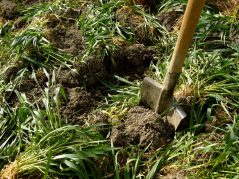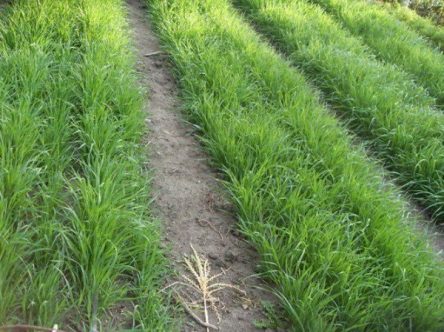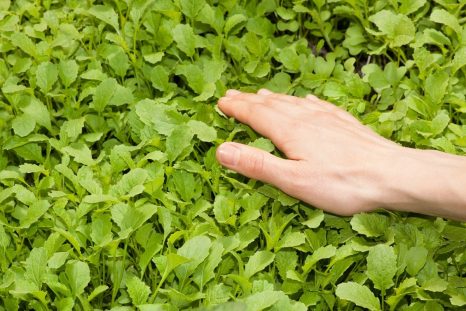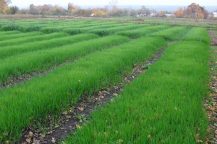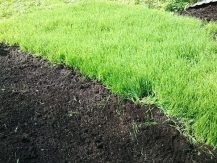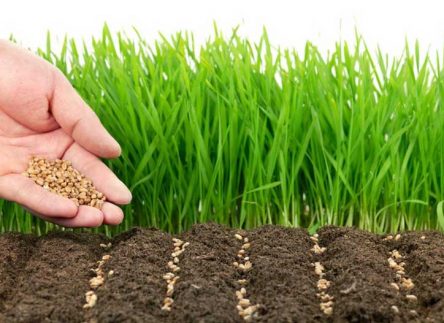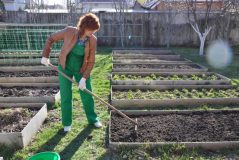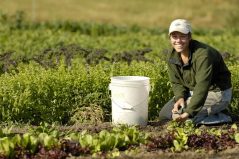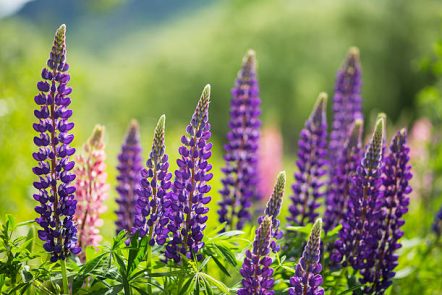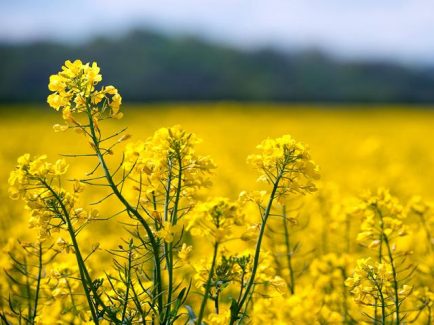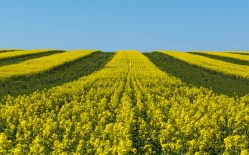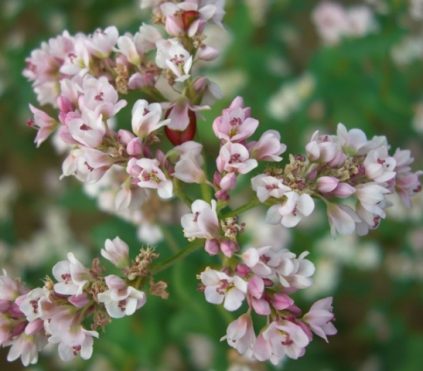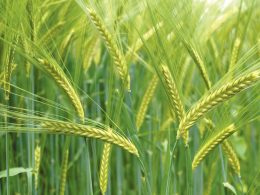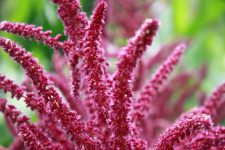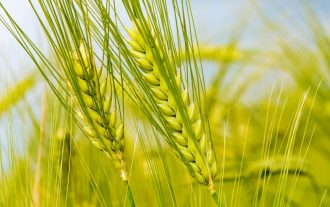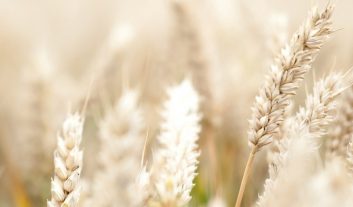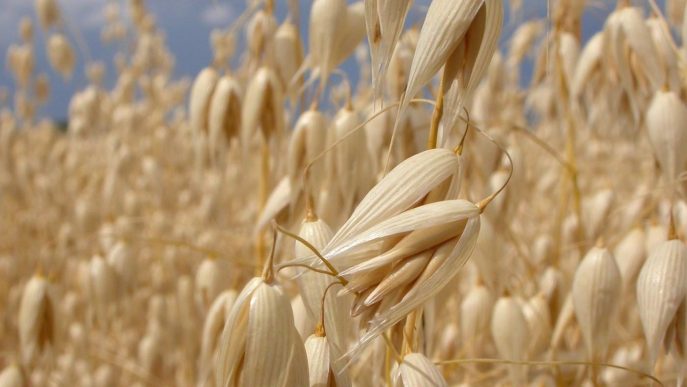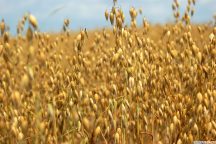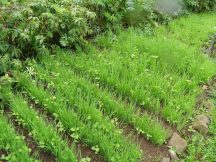Life on planet Earth without plants is simply impossible: they protect the soil from the scorching sun, saturating it with nitrogen-containing elements, and when dying, nourishing soil-forming organisms. In modern agriculture, plants known as siderates are used to improve soil composition, fertility, and soil structure. When to sow and when to bury this type of fertilizer, it is necessary to understand before the start of a complex of spring field work.
Material Content:
What are siderates?
Sideration is an important element of natural farming. Green manure is called green manure, which is cultivated to restore the soil after the nutrients are removed by crops, to enrich the arable layer with micro and macro elements, and to inhibit the development of weeds. Siderates include plants that are capable of increasing the vegetative mass in a short period of time. The name "siderat" is rooted in the Latin language for the word "sidera", which is interpreted as "a star drawing power from heaven."
The benefits of green fertilizer
Well-developed shoots of green manure plants that suppress the growth of weed vegetation and protect the surface soil layer from the negative effects of scorching sunlight, are mowed and can be smelled or left on the site to protect the top layer. A well-developed root system does not allow weeds to receive proper nutrition for development, and also gives the soil structure friability.When decomposed, the rhizome serves as a source of nutrients for the soil, while increasing air circulation, water resistance and the ability to retain moisture longer.
How and when to sow siderates?
Sowing green fertilizers is carried out throughout the growing season - before sowing the planned plants, after harvesting and instead (in the case of green manure, when depleted soil requires full restoration of fertility).
Spring sowing dates
Not afraid of frost phacelia like green manure is sown very early. This also applies to mustard, the seedlings of which appear immediately after the establishment of positive temperatures. Root and spring rape and vetch are also sown, which is an excellent previous crop for tomatoes and peppers. Green fertilizers grow until the moment when it comes to sowing the planned crop in the same area. Further, there are three possible solutions that differ in complexity and effectiveness:
- A simple, but least effective way - siderats are embedded in the ground when digging a site, after which the planned crop is sown.
- The average option for the complexity and productivity of the use of siderates is that their stems are cut 3-4 cm deeper than the surface of the earth using a plane cutter, after which vegetable seedlings are planted. The beds are mulched by young shoots of green manure, which in the process of decay turn into fertilizer.
- The most time-consuming way to use green fertilizers is in the row where green manure grows, holes are prepared where vegetable seedlings are planted. Within 15-20 days, seedlings grow between them, after which the tops of the latter are cut with scissors up to 5 cm from the ground and laid out. The procedure is repeated until the harvest of vegetable crops.
Attention! When using a plane cutter, not all siderates stop development: over time, mustard grows again.
Summer cultivation
If this year it is not planned to use the site, then to improve the condition and restore the soil structure, you can use the option of summer cultivation of green manure. In spring, plants are sown with the ability to grow after mowing. Through the summer, siderates mow before budding - until the content of nutrients in young shoots has begun to decline.
Sowing in the fall
For this season, mustard is suitable for sowing, the sowing dates of which occur in late summer or early fall - immediately after harvesting. The fall season is also the time when sowing winter rye as siderat is considered the most favorable.
- Mustard vegetates before the onset of cold weather and hibernates under green snow in the winter. With the advent of the spring season, it is cut with a plane cutter, and the planned crop is sown on top.
- Rye is harvested before the heading phase in the autumn. The aboveground part, cut at the base, is laid in compost or left on the site.
Features of growing green manure
In composition, all fertilizers are different from each other, therefore, depending on the purpose of application and the crop grown, various species with different concentrations are introduced. Green fertilizers are no exception: for each plant there is a list of the most suitable siderates, grouped by family or other characteristic. For example, for strawberries it is rape, mustard, oil radish, while for the soil it is lupine, oats, rye, and phacelia.
Legumes
Among legumes such as lupine, melilot, haricot, alfalfa, soy and others as siderates are more often grown:
- Lupine - enriches the soil with nitrogen-containing elements, being an excellent precursor for crops that require high nitrogen content.
- Donnik is an annual representative of legumes, the sowing of which is best done in spring. But both summer sowing and autumn sowing are allowed.
Cruciferous
Of the representatives of the cruciferous family, green manure plants can be mustard, canola, oil radish. The most common include:
- White mustard - as a siderat plant, it occupies an important place in the crop rotation. Due to the organic acids that are produced by the root system, the breakdown of hard-to-reach phosphates is activated, inaccessible forms of nutrients are transformed into easily digestible ones.
- Rapeseed - as a green manure, a plant quickly increases its vegetative mass and enriches the fertile soil layer with phosphorus, sulfur. However, it is used less often in comparison with mustard.
It is interesting: mustard white as siderat
Cereal
Oats, rye, wheat and barley, which must be mowed before the start of heading, often play the role of the plants under discussion.
Buckwheat
The group is represented by one culture - buckwheat. The plant, replenishing the reserves of phosphorus, potassium and organics, has a short growing season and a branched root system, which perfectly loosens the soil.
Asteraceae or Asters
Representatives are calendula and sunflower.
- Sunflower - the plant grows significant green mass and grows on soils with any alkaline reaction. Its rhizome is able to reach a depth of 2 m and loosen the soil.
Amaranth
Strong amaranth roots enrich the soil with nitrogen, improving soil fertility and structure. The main distinguishing feature of amaranth as siderat is its ability to grow on any soil, including salt marshes. Moreover, amaranth is a valuable culture in terms of cooking and medicine.
Hydrophiles
A popular siderat is ficelia, which belongs to the aquatic family. The plant has a short vegetative period, a branched root system and a powerful above-ground part. Phacelia is unpretentious, resistant to cold and tolerates shading, can grow on soils of any composition. The culture, being also an excellent honey plant, increases the looseness and aeration of the soil.
Winter siderates
Among winter green manure, cereals such as rye and oats are usually used. If in springtime they are sown in grooves, then autumn sowing is carried out by simply scattering seeds in the area and covering them with mulch.
- Rye - a culture, being an excellent precursor of solanaceous and pumpkin crops, inhibits weeds and pathogens, has an effect on reducing the number of pests, and improves soil structure.
- Oats - as siderate is used for loosening clay soils and cleansing of root rot. Landed, as a rule, together with the wiki.
When to bury or smell?
When plowing or burying green mass of green manure into the soil, its structure improves: the soil becomes more loose, water-absorbing and permeable. Plowing is carried out 1-2 weeks before sowing the main crop. According to experienced farmers, a violation of the arable layer can adversely affect the microorganisms that live in the soil. To avoid this:
- Siderata are cut with a plane cutter and laid out on a site under a layer of mulch.
- After decomposition, the aboveground part turns into compost with a high nitrogen content.
- Decaying rhizomes in the soil under the influence of microorganisms and worms turn into humus.
Siderata for potatoes
When growing potatoes constantly in one area, the soil must be systematically restored. For this:
- After the potatoes are dug up, the plot is sown with oats, peas and mustard, which remain there to winter.
- With the advent of spring, the seedlings of the siderates are cut with a plane cutter at a soil depth of 7 cm
- After 7-10 days, early potatoes are planted on the site.
Advice! If the site has not been seeded with green manure since autumn, then in early spring you can sow a mixture of phacelia, mustard and oats, which can build up significant green mass within a few weeks.
Thus, the sowing of green manure plants will help to maintain soil fertility at the proper level, while obtaining good yields and without resorting to the use of chemistry.



